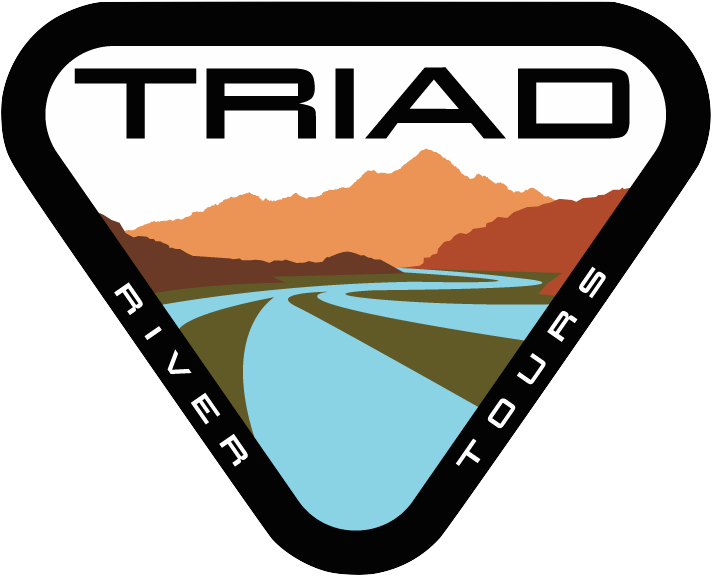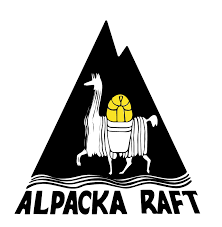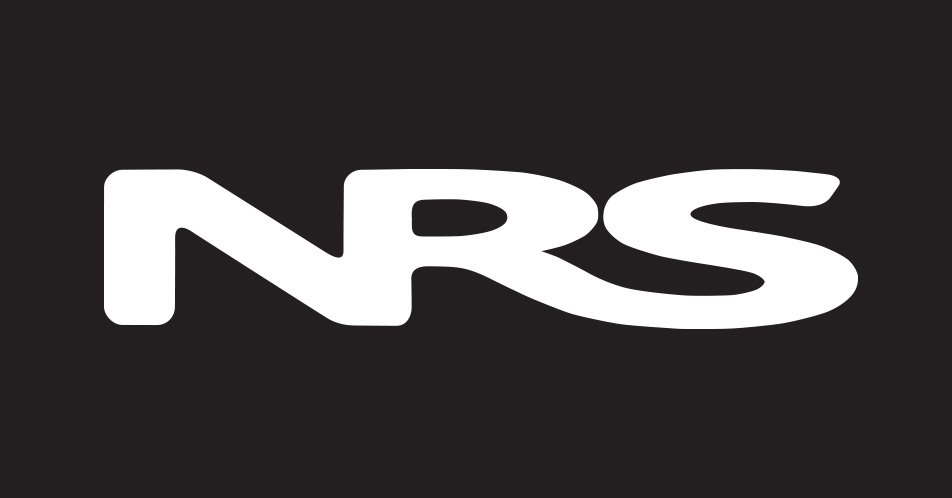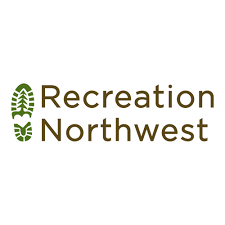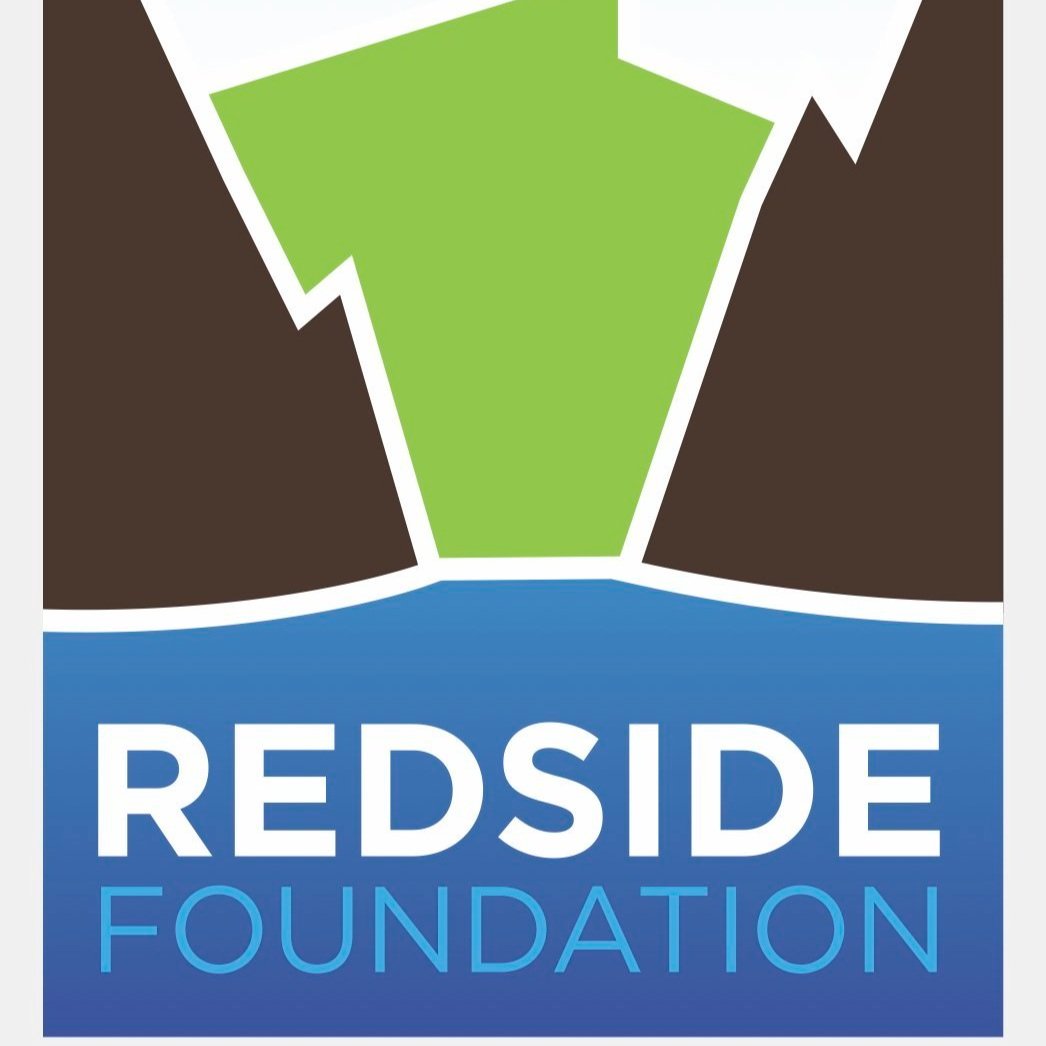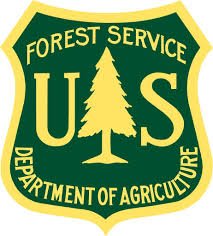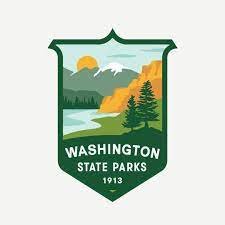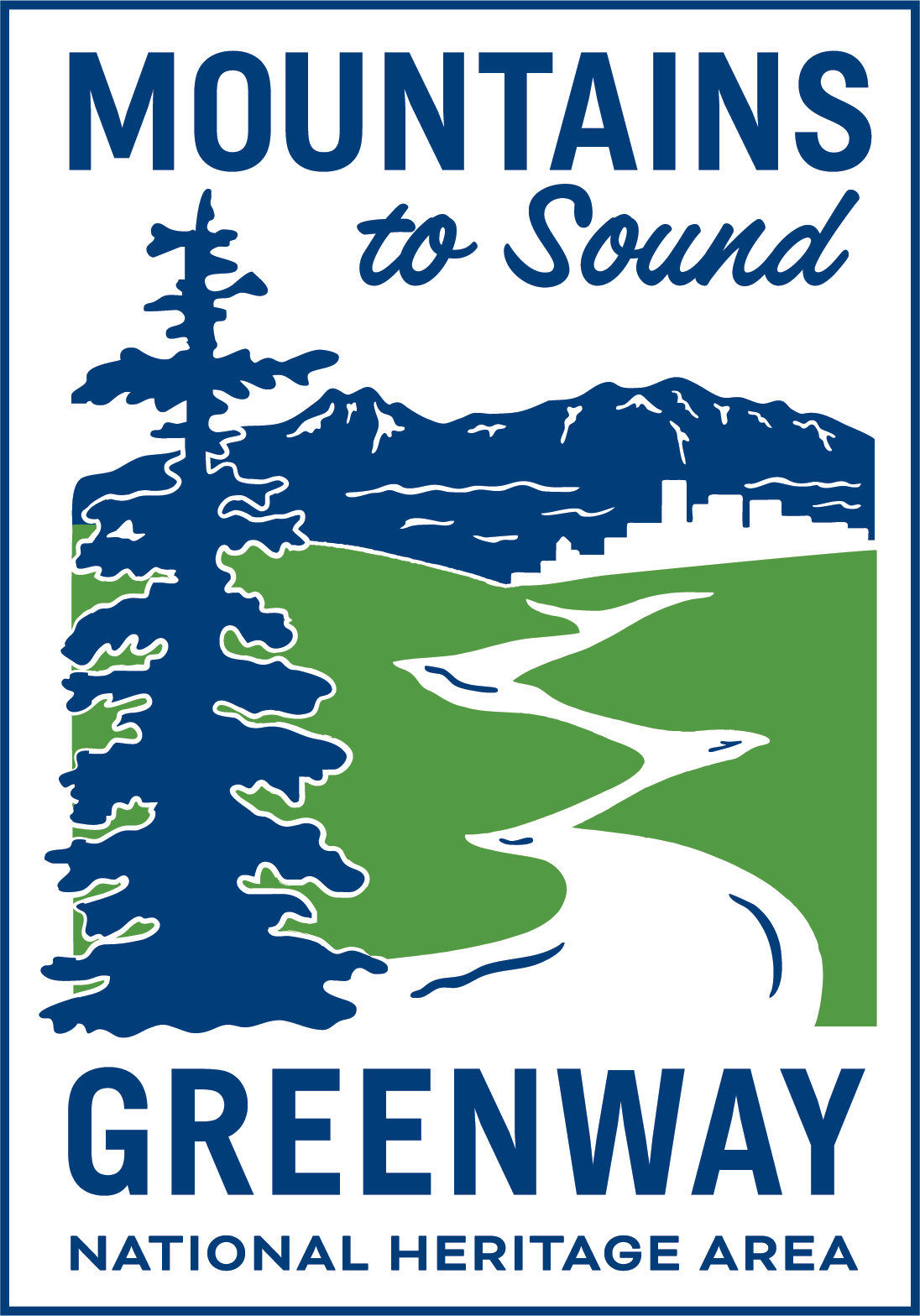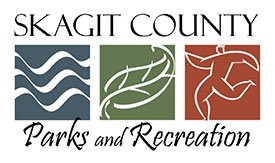Sherman Alexie, an Indigenous man from the Spokane Coer D’Alene Indigenous community spoke on the importance of salmon to native tribes in the Pacific Northwest. The fish are so sacred salmon to PNW tribes are the bread and wine to certain Christian sects. As he explained it, salmon are the Eucharist or blood and body, of native culture in Washington.
While rafting on a trip with Triad River Tours along one of the Western Washington rivers, you might notice red flashes of salmon swimming upward against the rapids. These unique fish have shaped the ecology and Indigenous population of the region for at least 12,000 years.
In the Puget Sound region, a variety of salmon support the survival of local tribes. Coho, Sockeye, Pink, Chum, King and Chinook all provide reliable sustenance due to high nutritional value and dependable spawning patterns. Tribes like the Lummi, Nooksack, Snoqualmie, and Sauk-Suiattle were shaped by these patterns and often centered their lives and traditions around rivers. Food like salmon is sacred because of its interconnection with the environment and ability to nourish so many tribal communities.
Salmon are a keystone species in Washington’s ecosystem. They swim up rivers that span across the entirety of Washington providing food for bears, snakes, bald eagles, and humans as well. Before entering the rivers and after returning to the ocean, they are prey to a variety of sea animals in the Salish Sea. The fish are rich in vitamin D and omega fatty acids that the Pacific Northwest’s dynamic environment fosters with its stable rain and dense vegetation. The abundance of nutrition from the salmon sustains Indigenous locals as they are the main food source for pacific tribes.
In 1915, Chief Weninock of Yakama explained how essential salmon are in the survival of Indigenous people:
“My strength is from the fish; my blood is from the fish, from the roots and berries. The fish and game are the essence of my life. I was not brought from a foreign country and did not come here. I was put here by the Creator.”
Not only are salmon a vital food source, salmon are a significant symbol in the Indigenous people’s culture, appearing in many tribal traditions. The spawning of salmon is an especially sacred tradition observed in the form of a celebration called first salmon. Salmon bakes, storytelling, and pow wow dancing entail during first salmon to honor the importance of the fish in Indigenous tribes’ lives. The religious beliefs of the Pacific Northwest tribes saw the fish as a gift from the salmon king. Paying tribute to the king each season is essential to ensure salmon return year after year. An aspect of the first salmon ceremony involves allowing the fish to run the river without hunting them for the first few days. This respect for salmon is a form of sustainability that honors the cycle of the fish and allows space for the population to thrive even after the fishing is done.
Much of the art in Pacific Northwest indigenous communities is influenced or made from salmon. Vertebrae can be used for earrings. Once dried and tanned, the skins of the salmon can be used to make baskets. Iconic carvings of salmon often seen on totem poles embody nourishment, fertility, and abundance. These forms of art are invaluable to native groups, as they represent the community as a whole and the values most important to them.
Salmon are so deeply ingrained in Indigenous culture that art and sacred traditions celebrate their meaning and cause for vitality. They are quite literally a part of native people, being the main food source for tribes living on Washington rivers. You can feel the spirit of salmon swimming through native communities, swinging from the earlobes of a Nooksack woman, and warming the stomach of an elder.
Sources:
https://ecotrust.org/genetically-engineered-salmon-valerie-segrest/
https://www.nwcouncil.org/reports/columbia-river-history/firstsalmonceremony
https://www.youtube.com/watch?v=PM3UPvMVjFY
